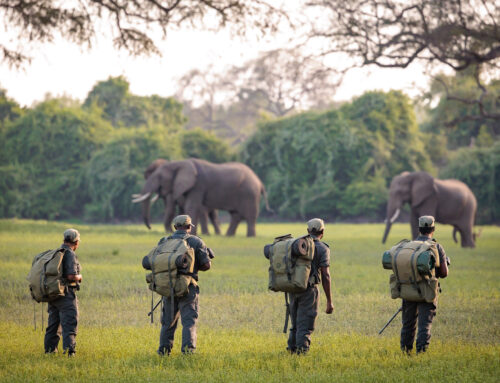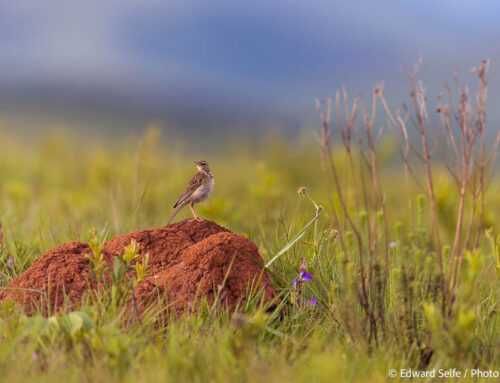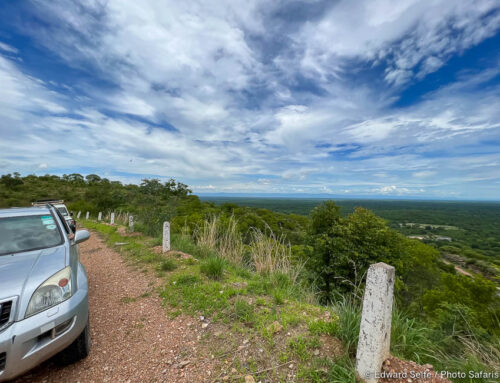May is the start of the traditional winter safari season; the park’s roads dry up, the grass starts to die back and the light begins to develop its magical golden tones.
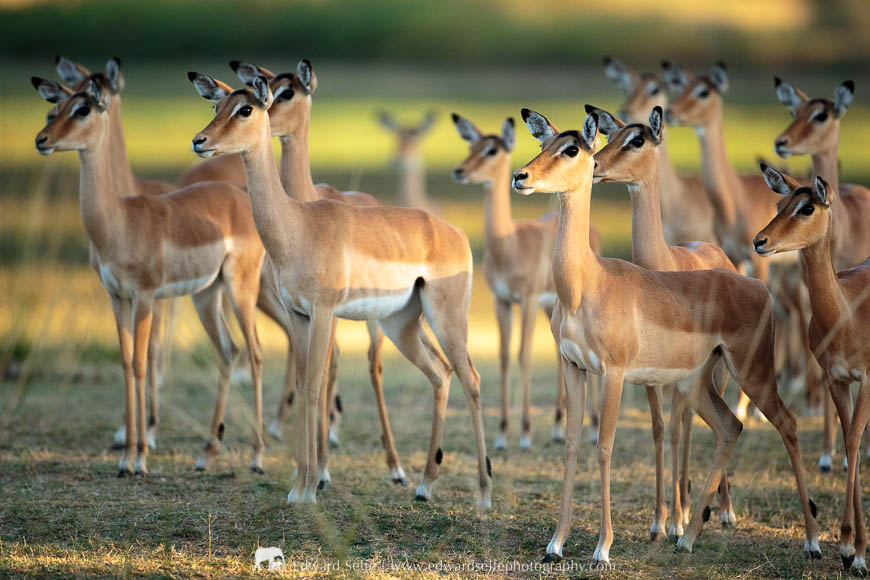
I have seen rain in the Luangwa in every month of the year, but any rainfall in May is likely to be short and light, perhaps freshening the air and clearing the dust, but making no impact on the levels in the river and lagoons. In most years, May will be totally dry with the occasional build-up of clouds to remind us that the inter-tropical convergence zone only recently moved north from Zambia.
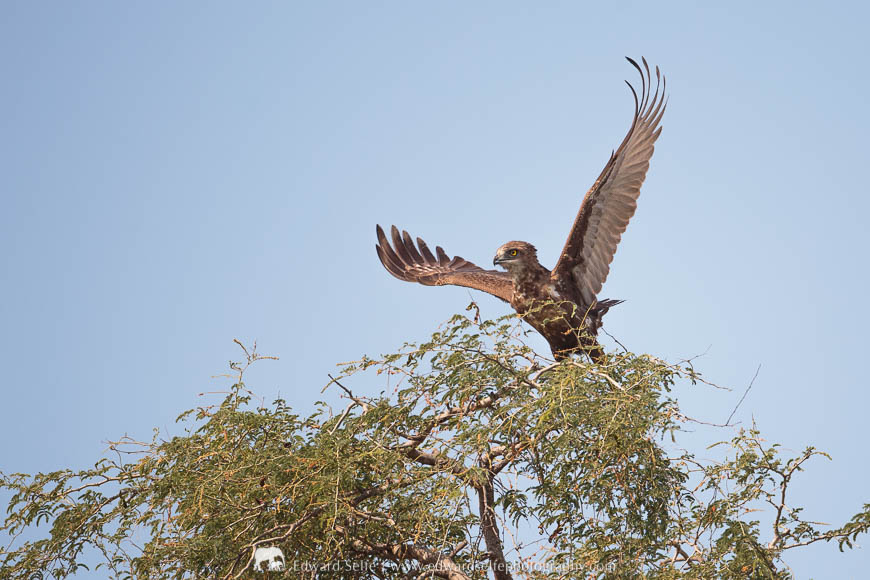
Sightings of wildlife are likely to be excellent throughout this month. Long grass and thick vegetation are part of the safari experience and we learn to work with them, creating images that use the soft golden grass to frame a subject, or manoeuvring to ensure a clear view past badly placed twigs and branches.
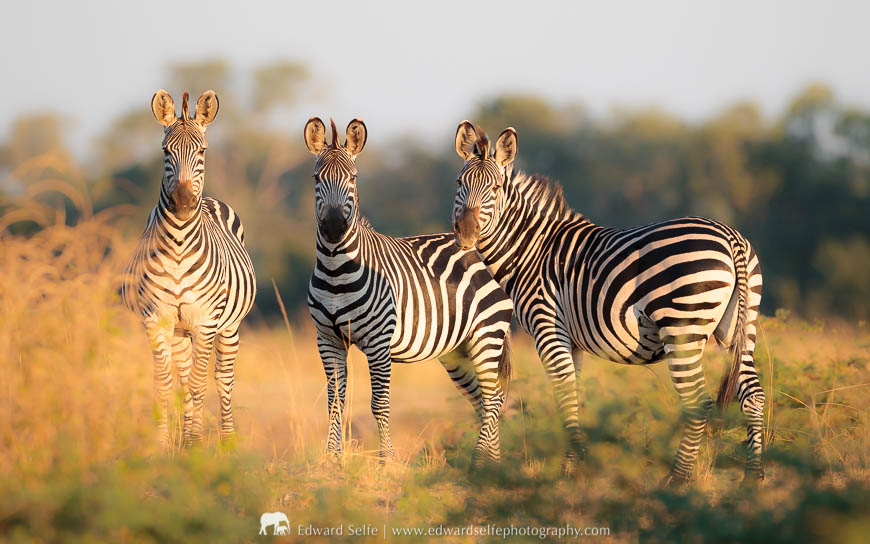
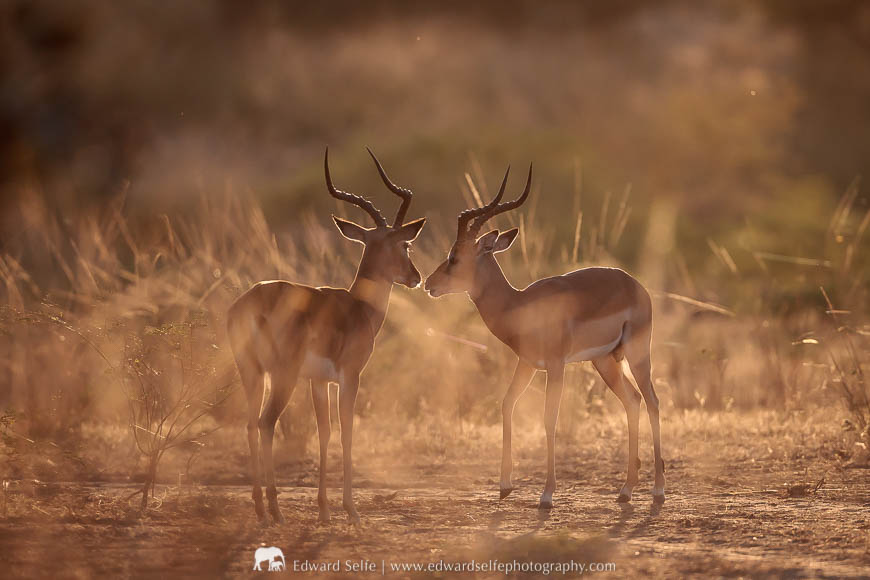
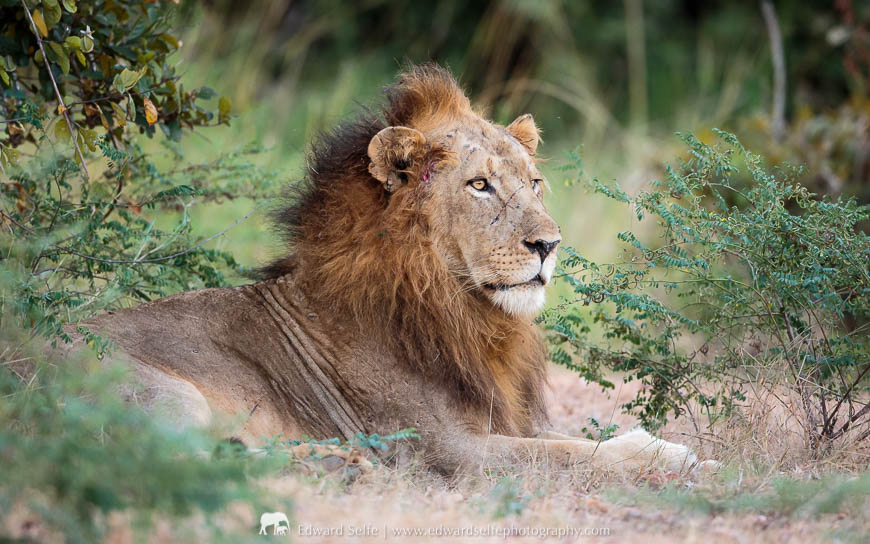
The puddles and seasonal pans are mostly dry, forcing game to drink at the large water bodies that remain; these large lagoons are plentiful and form the majority of the best game viewing areas at this time of year. Many animals will prefer to drink from a lagoon, with multiple access points, rather than cross vast sand beaches to access the river channel.
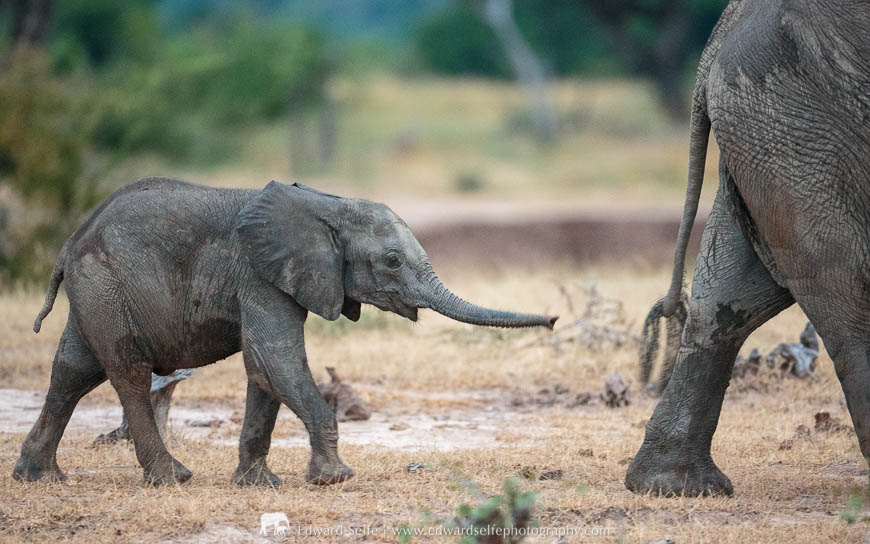
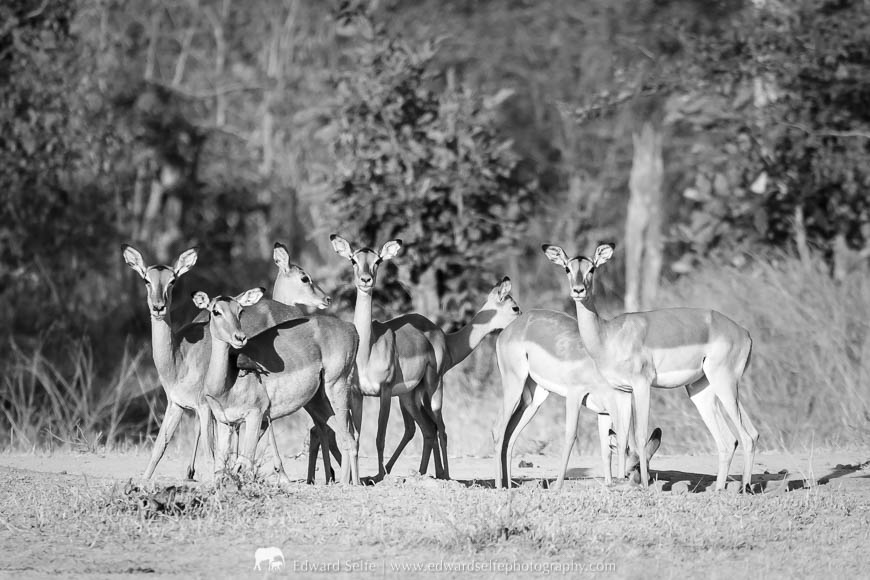
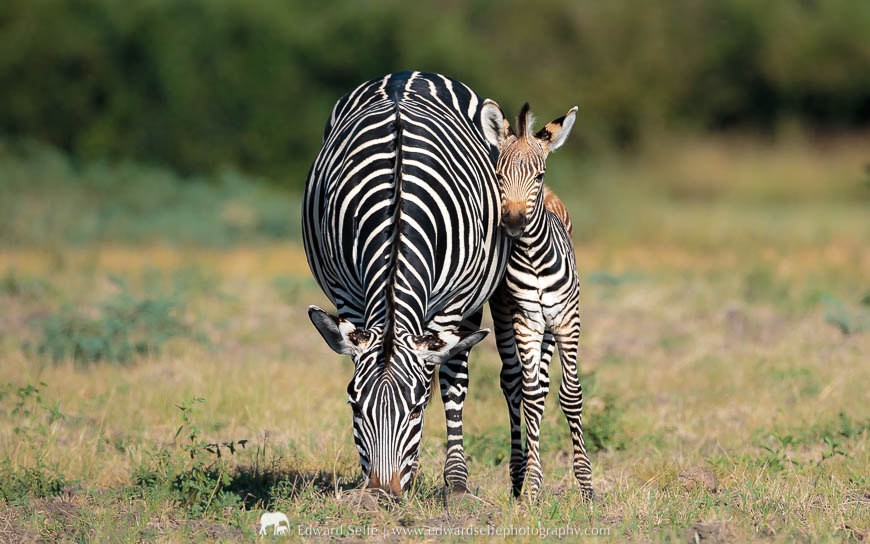
The impala are mid-rut so there is constant chasing, fighting, posturing and a cacophony of inelegant snorts, bellows and coughs. Battles are common so keeping cameras at the ready is important to capitalise on the action!
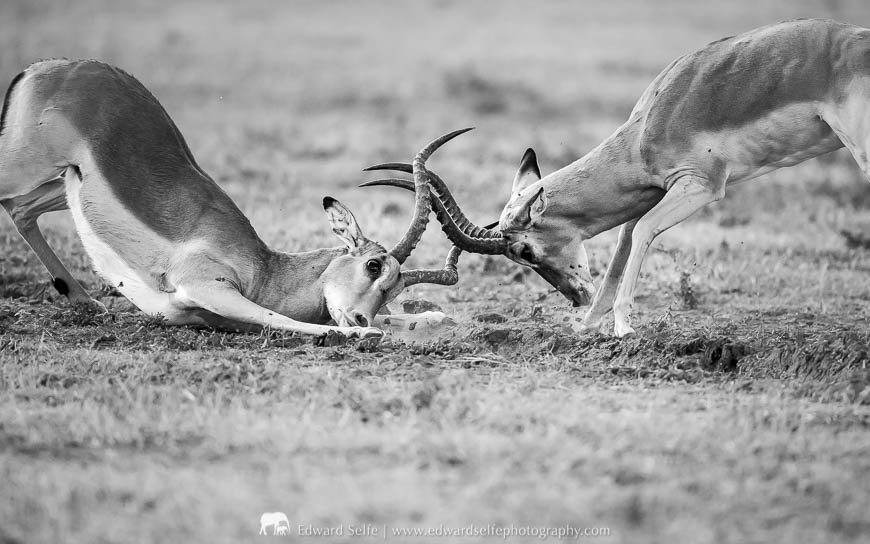
Predators, which have been struggling with the dispersed game and long grass of the rainy season are beginning to thrive once more. With prey species more concentrated along the river and reduced parasite loads in the grass, lions’ coats improve and their flea-bitten appearance starts to fade. Many predators – such as lion, leopard and wild dogs – birth their youngsters in the early part of the dry season, ensuring that they are born into a time of plenty.
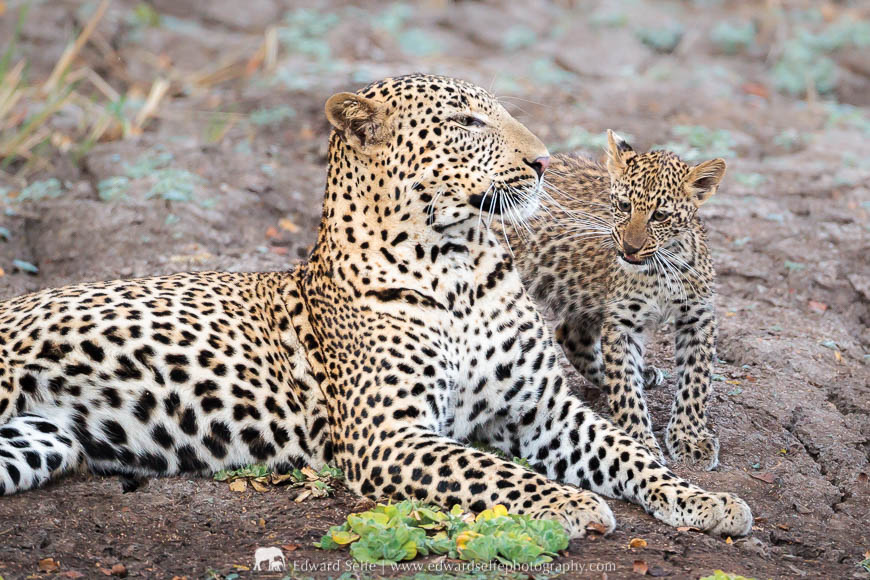
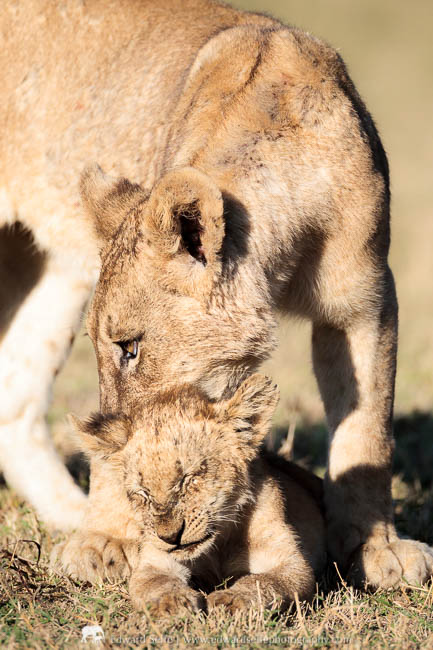
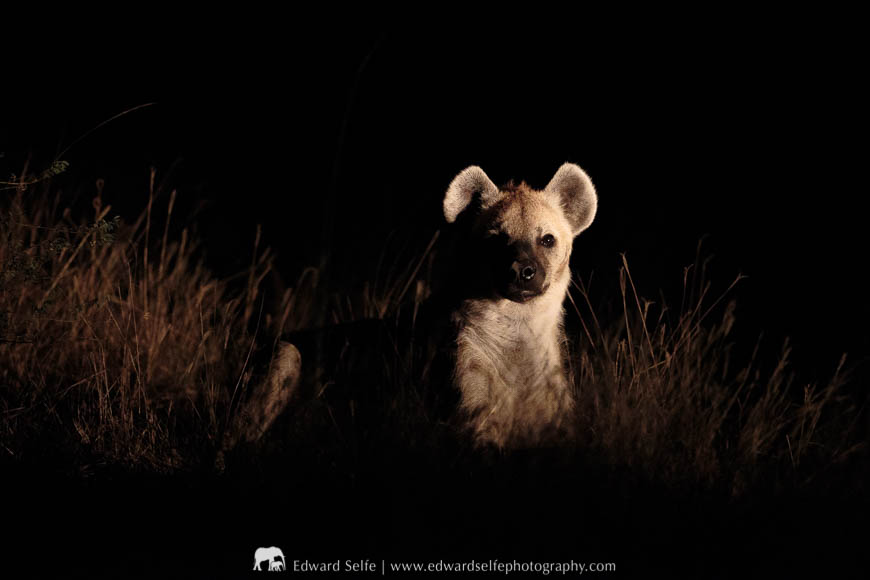
Night safaris take place against an unrivalled shroud of black sky and incredible stars; once the cloud cover has cleared and before the atmosphere fills with dust, the African night sky is extraordinary.
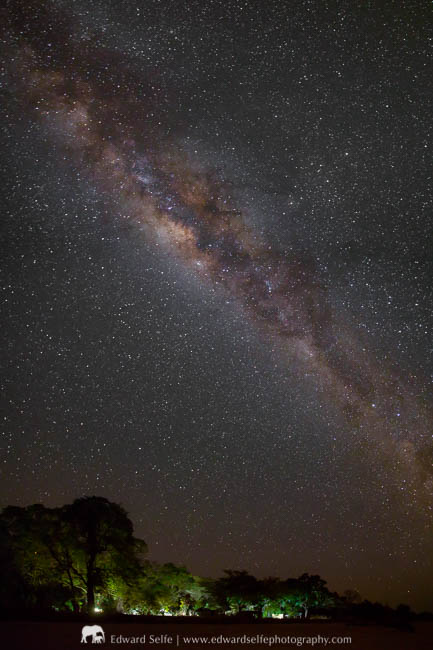
In the early part of the dry season, our night safaris are dust- and insect-free which makes nocturnal mammal watching a pleasure.
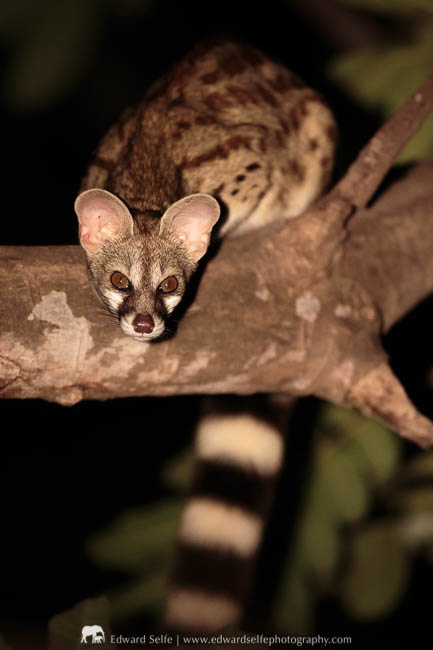
May is a superb time to visit the Luangwa. It offers a fresh and vibrant view of this safari destination and you’ll likely be one of very few visitors entering the park. The sightings might not necessarily come thick-and-fast as they do later in the season, but there is still plenty to keep photographers busy over a week’s safari….as Peter and Steve discovered recently!

